The opportunity for greener cities
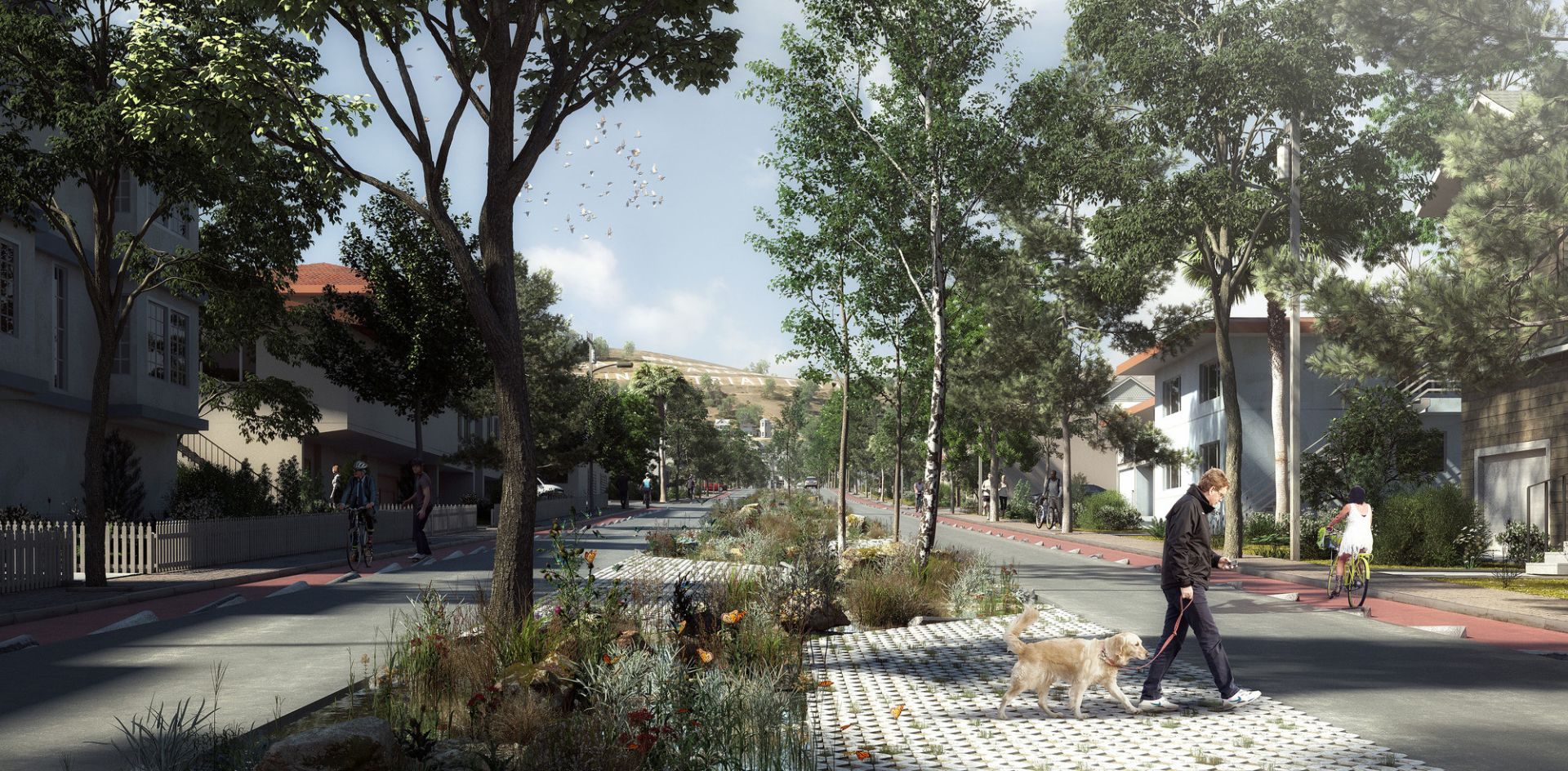
The case for greening our cities has never been so compelling, especially in light of the broader human challenges we face, including rapid urbanisation, associated habitat loss, and now a global pandemic.
By Mike Wood
The business community, and with this many design professionals, are now more primed than ever to attest that we need a committed approach to how we engage with nature in everything that we do, from city making through to food production.
For Hassell, this is not just about recognising how good greening initiatives look and feel, although the wellbeing aspects of a green city are still vital. It’s also about looking at how meaningful they really are, and how embedded they are in ideas about sustainability and social responsibility.
These initiatives must create an inspirational environment for physical and sensory encounters with nature, whilst also sustaining and enhancing our core natural resources of cleaner air, purer water and extensive biodiversity.
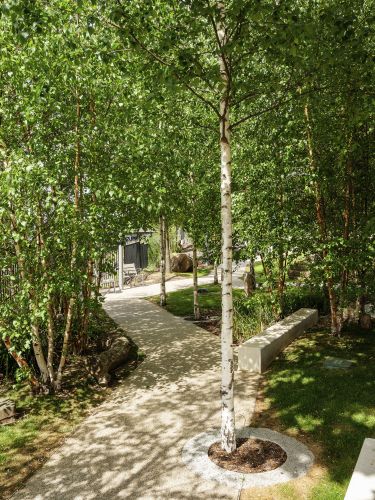
In looking for such exemplars of urban greening, Singapore and South East Asia offer up many inspirational projects. ‘In Singapore, in large, this is due to a shared vision of a ‘City in a Garden’ – a resounding commitment to deliver the very best in integrated building and landscape projects. The city state is now building on this success, and further restoring nature into its urban fabric, to become a ‘City in Nature’.
This vision has given way to several city-defining projects like Gardens by The Bay and Bishan Park; built, among other things, on the design of integrated natural water systems and extensive greenery. Signature buildings such as Park Royal on Pickering and Oasia also demonstrate innovative vertical greening, and fast appreciation and understanding of new sustainable technologies and how they can be applied.
What these projects also do particularly well is to consider how people perceive them, move through them and engage with them over time; using landscape as a tool to shape not just cities but feelings, emotions, memory and atmosphere.
They thrive on the subtle, playful, experiential moments they create, whilst being true to the notion that biodiversity within the most urban of environments is completely possible. This belief system, and approach, has given way to unexpected and incredible natural phenomena, such as the thriving otter population within the river systems of Singapore. They teach us the potential that lies in fusing our man-made and natural worlds, and they encourage us to really think about how we can encourage a future that balances our human needs with the wonders that nature offers.
At Hassell we have worked recently on a project set up by The Rockefeller Foundation to make the South City San Francisco Bay Area stronger in the face of the dynamic threats, including rising sea levels, storm water flooding, and ecological disaster. It is a project that has taught us how natural systems and initiatives can combine, not just to offer up balance, but to derive large scale resilience solutions. This particular region of the Bay typifies the challenges faced like many cities and communities around the world with low-lying shorelines.
Our design approach commenced with in-depth community consultation, with our San Francisco Studio establishing a temporary community design hub to meet people face-to-face and using social media channels to widen our community reach. Listening to previous experiences, crucially we learned that traditional hard-edged engineering solutions, such as concrete protective barriers, have failed in the past to solve these complex challenges. Further research and investigation showed us that in many instances, nature and community, working together, can be a socially and economically effective approach to flood control, and protection.
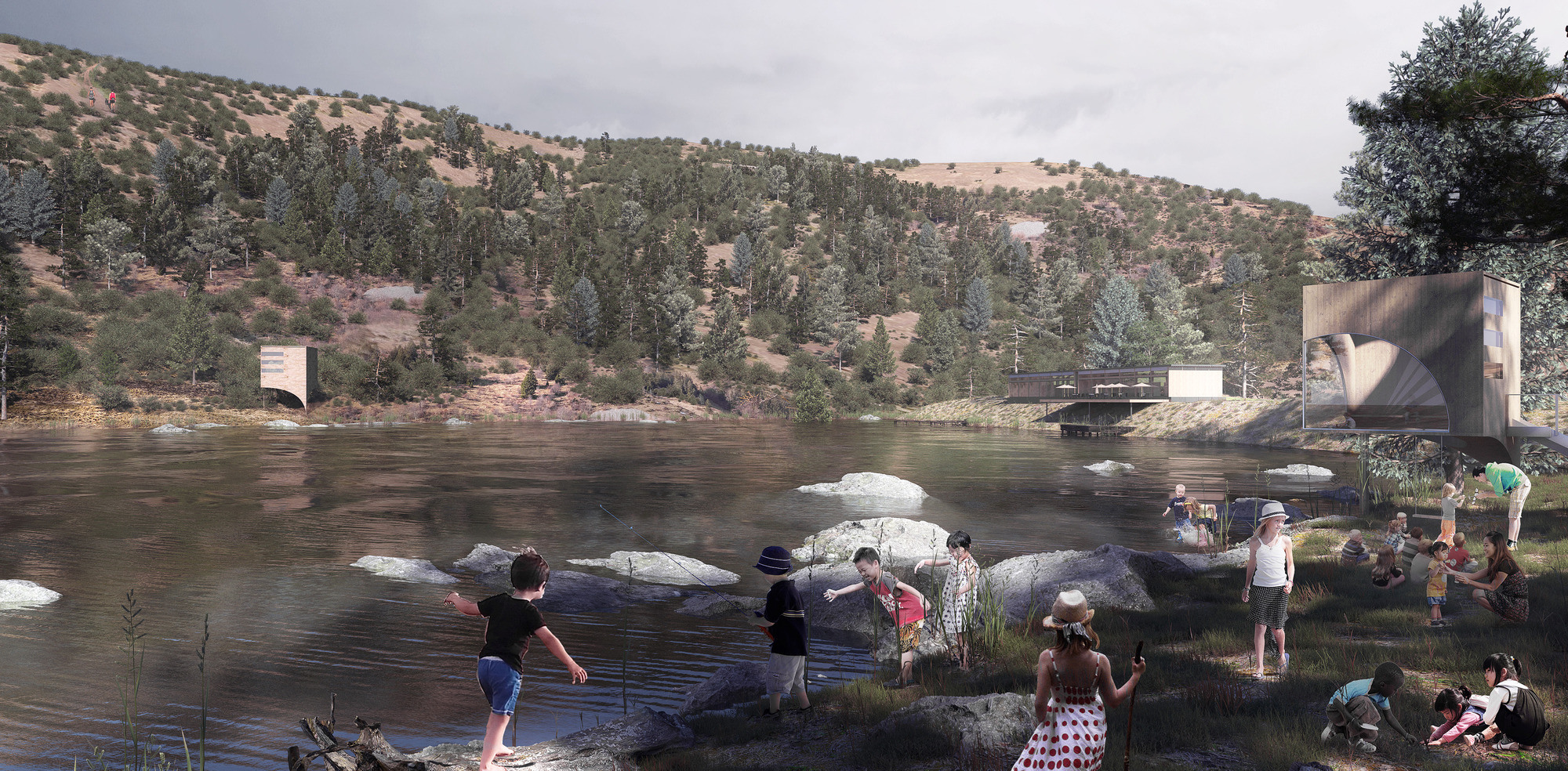
Our resulting strategy is one that revisions the area’s creeks and streets as a connected network of green linear corridors, both for water management but also, community gathering, and to enable better disaster response in the instances that it is needed. On a day-to-day level, this approach also brings communities closer to the creek and to the Bay itself, to enjoy the waterside, and the healthy and active lifestyle that it offers; returning a historical connection between communities and the Bay. It also included replanting local species of flora and fauna within public spaces to support the biodiversity needed to create native landscapes that are more resilient to extreme weather events.
It is a good example of where all of the good principles of landscape architecture, urban planning, commitment to the environment, and the social value of existing, and new communities, have converged. Within this approach we have turned back to nature for the solution to much bigger global challenges, such as climate change, biodiversity loss, human poverty and migration, combining this with in-depth knowledge of local culture, which is critical in delivering change for the better. It teaches us the importance of making landscape the defining part of a project, not the middle, or worse still, the afterthought.
Although the threats of climate control do not seem as immediate in cities such as London, and the rest of the UK, as they may do to such exposed areas of the planet, there is a growing ambition to encourage the rewilding of our urban centres, and to protect biodiversity in our cities. When comparing to Singapore however, with its open and accepting acknowledgement of the importance of landscape, biodiversity and access to green space, our planning and design processes are a little behind the curve.
We are also up against some more pragmatic issues, not least a changeable climate, and the space restrictions of a more mature city, where urban systems and overall city frameworks are much more established, and less easily changed, in any wholesale way. That said, there are plenty of great examples of projects and new thinking that embed some of the examples of other international cities and their attitudes towards embracing a greener future.
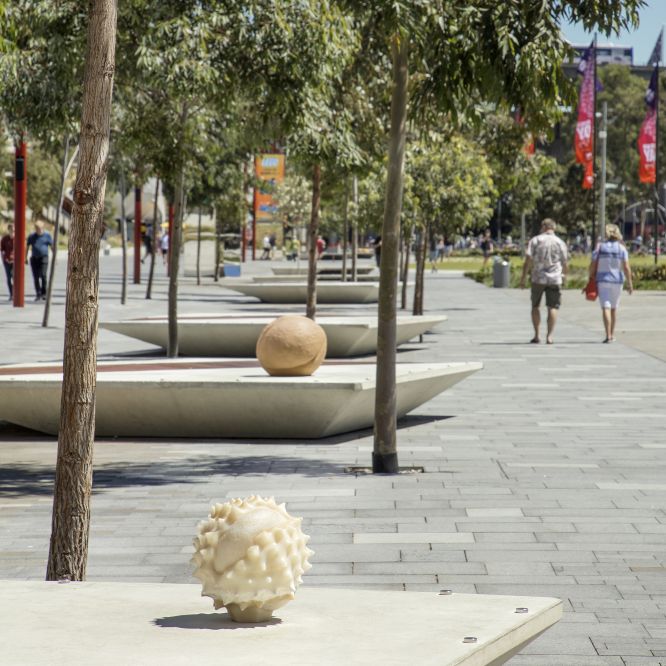

Encouragingly, it is becoming more apparent that end users - including developers, councils, businesses and the public - are seeing the direct value that greening brings to finished projects in even the most urban settings.
At Hassell, we recently created a “woodland patch” in London’s International Quarter, a major new business development in Stratford, reintroducing a delicate woodland planting composition specifically targeted at respite habitats for birds, butterflies and insects, woven into an otherwise dense mixed-use project of housing, workplace and leisure facilities. Another small but powerful recent intervention in London, this time by the council, is the Brent Bee Corridor; seven miles of wildflower meadow planting to attract pollinating insects, that has initiated significant urban biodiversity gains. Both projects underpin the idea that our urban public spaces are no longer just about places that we want to inhabit, but that communities of animals and insects should be welcomed into too.
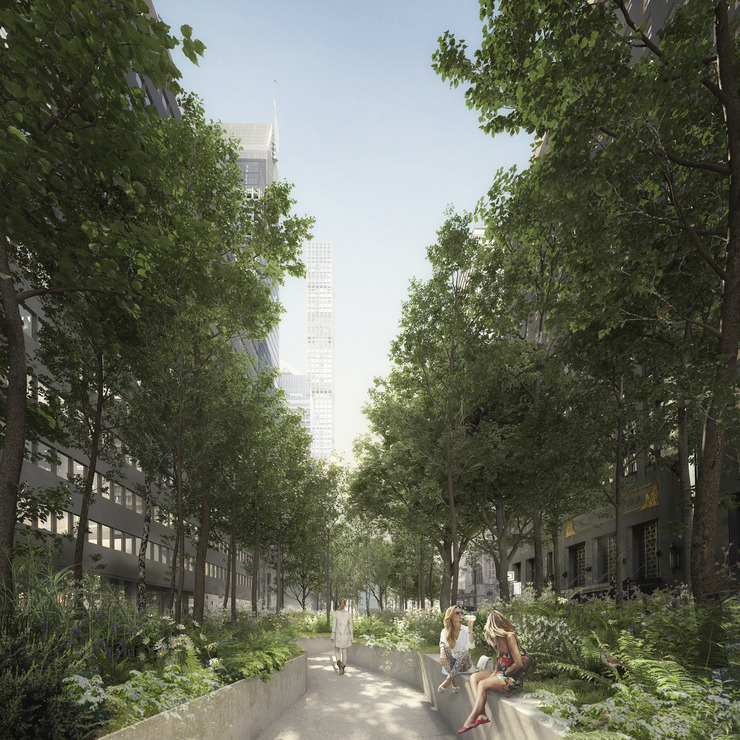
There are then it seems a few simple principles that we can adopt, from some of the global leaders, to encourage a more symbiotic approach to how we develop our cities, which begins with evolving our built and our green infrastructure as one combined system. It’s no longer about putting a few trees around a building’s edge and calling this landscape design. We have to go further, and ask, how does the building feed off of its landscape overlay, and how, in turn, does it capture rainwater and return it to its inner gardens. A new city office tower needs to become acknowledged as much for its landscape as its shiny new architectural identity. We also need to develop a much more joined up approach to how we prepare and plan for new city-defining projects - whatever the scale - and stay in touch the communities that will inhabit these spaces.
As with the San Francisco Bay resilience project, we must also believe that nature knows best when it comes to survival and self-regulation, and remember that although we cannot create entirely natural systems, our job is to help shape, enrich and encourage them, by creating the right conditions – by removing hard concrete infrastructure to free natural habitats and increase biodiversity, by reducing active urban replacement of wildlife habitats, by allowing natural forest regeneration and by supporting reintroducing of natural systems and species that have disappeared as a result of human action. Then, it is our job to take a respectful step back, and watch, with an admiring eye, nature’s own systems for achieving sustainability and balance, and the benefits this can bring, for the environment, for communities, and for local economies.